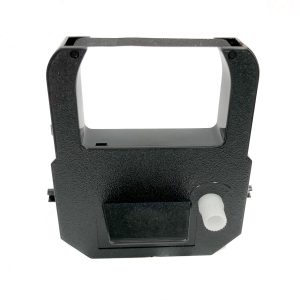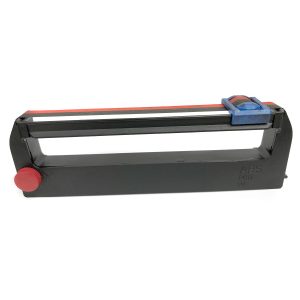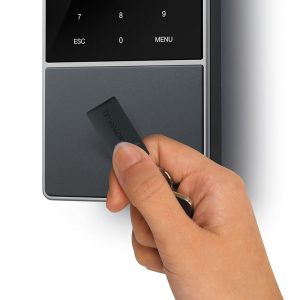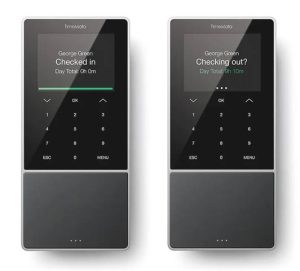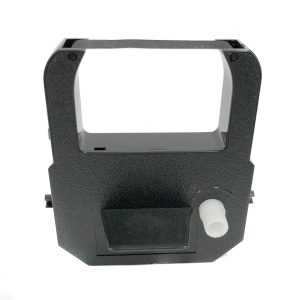
How to Integrate Time Attendance Systems with Your Existing Payroll Software
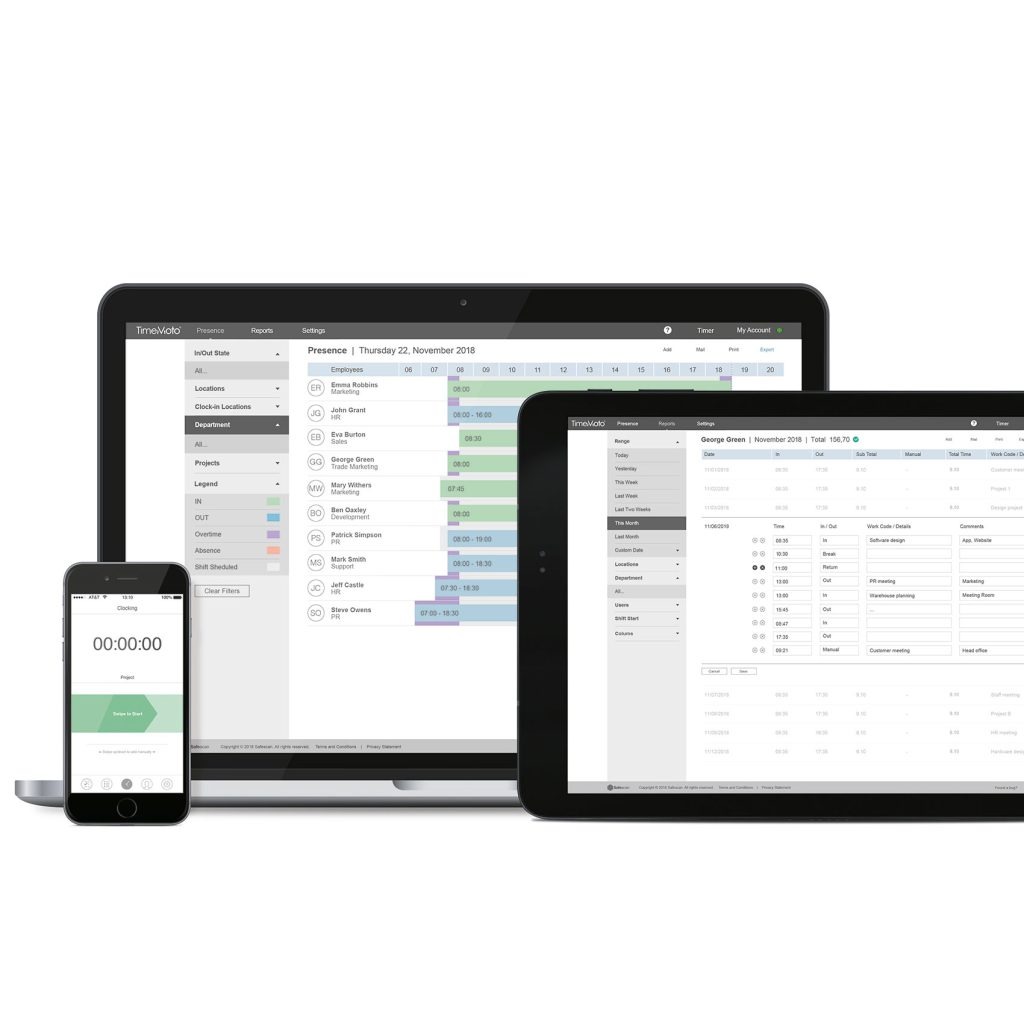
Integrating time attendance systems with existing payroll software represents a significant advancement in how businesses manage employee data and payroll processes.
This synergy not only simplifies administrative tasks but also enhances accuracy in employee pay based on recorded working hours.
With an effective integration, businesses can eliminate manual data entry errors, reduce payroll discrepancies, and ensure a streamlined workflow from clock-in to paycheck, aligning operational efficiencies with strategic business goals.
The adoption of an integrated system offers substantial benefits, including time savings, reduced operational costs, and improved compliance with employment laws.
By automatically transferring attendance data to payroll systems, companies can more effectively manage overtime, holidays, and other pay-related variables, reducing the likelihood of disputes and ensuring that employees are compensated fairly for their time.
This integration not only optimises payroll processes but also fosters transparency and trust within the workplace.
Understanding the Basics
Clocking systems track employee hours, offering a digital record of when employees start and end their workdays, including breaks and overtime. These systems vary from simple clock-in machines to advanced biometric solutions.
On the other hand, payroll software automates the processing of employee pay by calculating wages, deducting taxes, and generating paychecks based on the data received.
Independently, each system plays a critical role in organisational management, but when combined, they enhance each other’s capabilities significantly.
The functionality of these systems as standalone solutions is already impactful, yet their integration marks a pivotal enhancement in handling human resources data.
For businesses, understanding both systems’ capabilities independently is crucial before embarking on integration.
This foundational knowledge ensures that the selected systems not only meet the company’s current needs but are also scalable to adapt to future growth and changes in workforce management.
The Integration Process
Integrating time attendance and payroll systems begins with a clear assessment of both systems to ensure compatibility in terms of features and data specifications.
The integration process typically involves configuring the time attendance system to export data in a format that the payroll system can readily import.
This might require custom modifications or the use of middleware that facilitates smooth data exchange.
Businesses must plan this phase meticulously, possibly with IT support, to ensure that data flows seamlessly and securely between the systems.
The next step is to set up a regular data transfer schedule that aligns with payroll cycles, whether weekly, bi-monthly, or monthly.
It’s crucial to maintain data integrity during transfers, ensuring that all employee clock-in and clock-out times are accurately recorded and reflected in the payroll calculations.
Testing the integration in phases, starting with a small group of employees before going company-wide, can help identify any glitches and ensure that the system operates effectively under all conditions.
Technical Requirements
To successfully integrate time attendance with payroll systems, companies need to ensure that their technical infrastructure can support both systems efficiently.
This often involves upgrading hardware or software to meet the data processing demands of both systems.
Furthermore, robust network security measures must be implemented to protect sensitive employee data from unauthorised access or breaches, which are critical given the integration’s reliance on continuous data exchange.
Additionally, businesses might need to invest in training for HR and payroll staff to effectively manage the new integrated system.
Understanding the technical nuances of how the systems interact and the common troubleshooting techniques will empower staff to handle issues proactively, ensuring minimal downtime and maintaining continuous payroll operations.
The initial investment in infrastructure and training is essential for reaping the long-term benefits of system integration.
Conclusion
The integration of time attendance and payroll software is more than a technical upgrade—it is a strategic enhancement that brings measurable benefits to any business.
By automating the flow of accurate work hours into payroll calculations, companies can not only streamline operations but also foster a more transparent and compliant workplace.
As businesses look towards technological solutions to enhance efficiency, the integration of these systems stands out as a critical step towards modernising payroll and human resource management.
In conclusion, while the process of integration requires careful planning, technical adjustments, and possible initial investment, the outcomes justify the effort.
Enhanced efficiency, accuracy, and compliance provide a competitive edge and support a more engaged and motivated workforce.
Businesses are encouraged to consider this integration as a key component of their operational strategy, leveraging technology to build a more robust and efficient payroll system.


